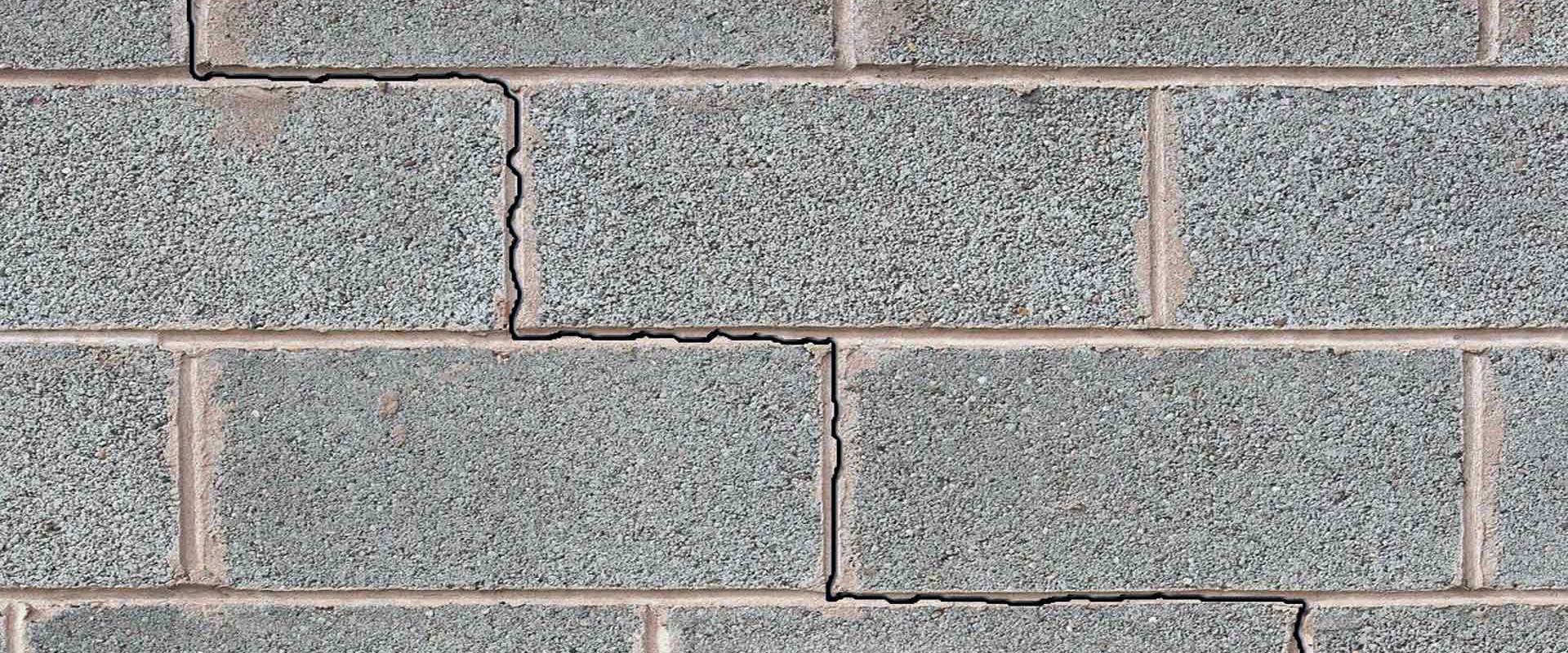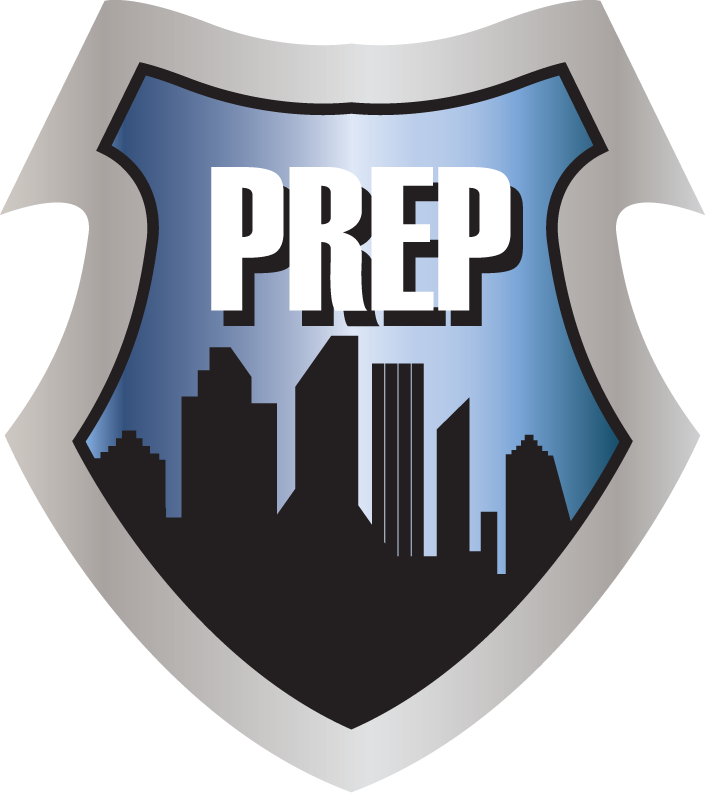Preventing Water Damage From Rain In Cleveland Ohio
Periods of heavy rainfall means your Cleveland Ohio home will be exposed to a great deal of moisture. This can mean a great deal of risk for water intrusion into your home that can lead to serious water damage. In order to protect your home from serious rain water damage, Ohio homeowners should conduct routine maintenance checks to identify potential areas that are vulnerable to water intrusion.
How To Prevent Water Damage From Rain In Ohio Properties
When it comes to rain water intrusion, the best practice is to stop it before it starts. In order to do so, Ohio homeowners should conduct routine home maintenance checks to identify any areas of the home that might be vulnerable to moisture intrusion in the event of heavy rainfall. If you identify any potential issues, you should correct them immediately to prevent future water damage. There are areas of each building structure that are naturally more susceptible to damage and water intrusion. Homeowners need to take extra precaution in these areas by completing routine checks and by implementing the right corrective or preventative measures.
Be sure to check the following areas for potential vulnerabilities to rain water intrusion:
 Grading– The landscape and pavement surrounding your building structure should always slope away from the building structure in order to effectively direct rain water away from the structure. Make sure that the earth around the home is sloping away from the house to divert water away. Any sloping towards the building structure forces water directly towards your foundation walls which can lead to seepage and water intrusion into your home. Be sure to address potential grading issues right away.
Grading– The landscape and pavement surrounding your building structure should always slope away from the building structure in order to effectively direct rain water away from the structure. Make sure that the earth around the home is sloping away from the house to divert water away. Any sloping towards the building structure forces water directly towards your foundation walls which can lead to seepage and water intrusion into your home. Be sure to address potential grading issues right away.- Foundation– It is important to properly maintain and regularly assess your foundation walls. Without the necessary precautions, your foundation walls can be especially susceptible to damage and possible water intrusion. Look for signs of foundation damage and address any cracks or foundation issues right away. You should also pay close attention to water patterns around your foundation. Water should always flow away from your foundation walls.
- Downspouts– Your downspouts should always be clean and free of debris. More importantly, downspouts need to extend far enough to effectively direct water to a safe distance away from the building structure. Assess the water pattern around your downspouts to make sure that water is being diverted away from the home. If you notice standing water collecting at the base of your house, you might need longer downspouts or possibly a drain pipe.
- Gutters– Your gutters should be clean and free of debris. Clogged gutters can allow water backup into your roofing system, into your exterior finishes and down into your foundation. Clogged gutters can become incredibly heavy which can lead to roof damage, siding damage and additional property damage. If your gutters are full of leaves, debris or other obstructions, clean them immediately. It is important to routinely clean out your gutters, don’t just wait until they are clogged to do something.
- Roof– Be sure to pay attention for any signs of roof damage like deteriorating singles, missing shingles, flashing damage, clogged or damaged vents or other indicators of a roof problem. If you identify a potential issue, you should contact a roofing professional to conduct a proper roof assessment and provide the necessary repairs. Be sure to also check your roofing system from the interior side as well to look for any signs of damage or roofing problems.
- Doors & Windows– Windows and doors should be properly installed from the very begin with proper caulking and sealing all around. Be sure to regularly check the condition of each window or door. If you detect any potential issues that could lead to water intrusion during the next storm or period of heavy rainfall, be sure to repair it right away.
- Exterior Finishing– Your exterior finishes, like siding or exterior paint, need to be well-maintained in order to effectively keep water out. Periodically inspect your exterior walls. You should look for signs of damage in your siding, such as holes, wood rot, or warping. Early detection and immediate repair can go a long way in preventing water intrusion into your building structure.

Assess For Signs of Water Damage From Rain in Cleveland Ohio
While prevention is ideal, the next best thing is early detection. Sometimes, water intrusion might be inevitable– specially during storms or periods of severe rain. Ohio homeowners should get in the habit of conducting checks throughout the home immediately following a storm or heavy rainfall. When it comes to water intrusion, early detection and repair can prevent severe and costly water damage.
Following periods of heavy rainfall, be sure to assess the following areas for any signs of water intrusion:
- Attics– The roof of a building structure is the first line of defense against the elements. During periods of heavy rainfall, your roof will be exposed to a great deal of moisture. If there is any damage to your roofing system, your attic will be the first area of concern should you have a roof leak. After a storm or heavy rain, you should always check your attic just to make sure your roof held up against the rain.
- Basements & Crawl Spaces– Basements and crawl spaces can be the most vulnerable to seepage through the foundation walls. When moisture soaks into the dirt surrounding your foundation, damp soil expansion can put a great deal of pressure on your foundation walls. It is important to thoroughly assess your crawl space and/or basement for signs of leaks or seepage from the heavy rain.
- Sweating Walls– Blotches of condensation on ceilings and/or walls can mean excessive moisture buildup within wall voids and/or ceiling voids.
- Swelling– As water from a leak begins to soak into your building materials, these porous materials will begin to swell.
- Door Casings– Swollen door casing or door alignment. This may not be visibly obvious, but swollen door jams will make your doors more and more difficult to open and close.
- Baseboards & Trim– As building materials swell up, materials that were once flush against each other will begin to grow and push against each other and force material separation. Look for baseboards or trim that appear to be separating from the wall.
- Stains on walls and ceilings– Water that seeps into wall and/or ceiling voids often manifests as a stain or blotch as it slowly saturates the adjacent wallboard or ceiling.
- Peeling paint or wallpaper– The water saturated walls or ceilings won’t be able to hold its finishings. Water intrusion will compromise adhesion, causing the paint or wallpaper on the opposing side to raise, ripple or peel.
- Sagging walls and ceilings– Water saturated drywall and ceiling materials will begin to deform and buckle with the weight of the water buildup.
- Floor effects– Water tends to seek out the lowest level and seeps under floor coverings like carpet, tile, and vinyl, soaking into the sub-floor. Pay attention to your flooring.
In the event that you have significant water intrusion or major flooding from heavy rainwater or a major storm, you might be in need of water damage restoration services in Cleveland OH. If your Ohio home suffers from a history of dampness or moisture issues during periods of rain, you could have underlying water damage or possible mold growth. If rain water intrusion has left you with possible mold growth, you should consider consulting a professional mold remediation company in Cleveland OH.

 Grading– The landscape and pavement surrounding your building structure should always slope away from the building structure in order to effectively direct rain water away from the structure. Make sure that the earth around the home is sloping away from the house to divert water away. Any sloping towards the building structure forces water directly towards your foundation walls which can lead to seepage and water intrusion into your home. Be sure to address potential grading issues right away.
Grading– The landscape and pavement surrounding your building structure should always slope away from the building structure in order to effectively direct rain water away from the structure. Make sure that the earth around the home is sloping away from the house to divert water away. Any sloping towards the building structure forces water directly towards your foundation walls which can lead to seepage and water intrusion into your home. Be sure to address potential grading issues right away.



